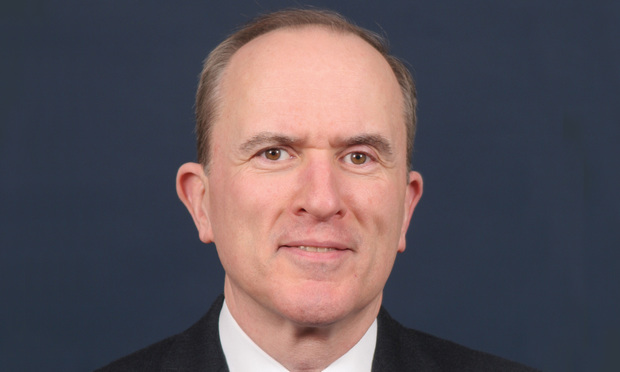In recent months, many prominent persons have had career-ending allegations of sexual harassment brought against them. Those accused in these high-profile cases have come from media and entertainment, education, sports, government, finance, the arts, and other areas. The organizations with whom they were affiliated are scrambling to investigate these allegations, to do damage control, and to implement new policies and processes to demonstrate their zero-tolerance for such harassment. Questions are being raised as to whether the leadership of these organizations and their governing boards knew about the harassment, and if so, why appropriate action was not taken to stop it and prevent its recurrence.
Sexual harassment has had a long and unfortunate history in the health care sector. Many female physicians, nurses, technicians, supervisors and other employees of medical schools, hospitals, nursing homes, clinical laboratories, pharmacies, and other health care institutions have been victims of harassment and abuse for decades. That has included being pressured to engage in sexual relations, rude remarks about their physical features and personal lives, abusive language and behavior, even throwing scalpels and other items in the operating room, and derogatory remarks about women in general. In a study published in the Journal of the American Medical Association [315 JAMA No. 19, May 17, 2016] a team of researchers headed up by Dr. Reshma Jagsi, deputy chair of radiation oncology at the University of Michigan Medical School, conducted a survey of clinician researchers in which 30 percent of the female responders reported having experienced overt sexual harassment compared with 4 percent of the male respondents. In a Nov. 20, 2017 post entitled “Not Just the Rich and Famous,” Jocelyn Frye, a senior fellow at the Center for American Progress, analyzed sexual harassment charges filed with the EEOC from 2005 to 2015 and found that the Health Care and Social Assistance category had the fourth highest instance of complaints—11.48 percent—following Accommodation and Food Services (14.23 percent), Retail Trade (13.44 percent) and Manufacturing (11.72 percent).


 Francis J. Serbaroli
Francis J. Serbaroli




